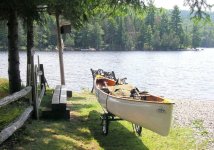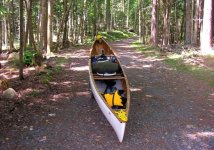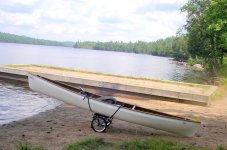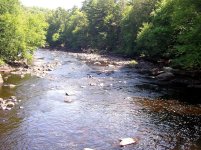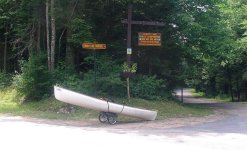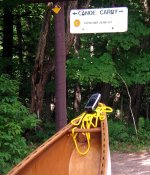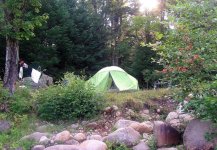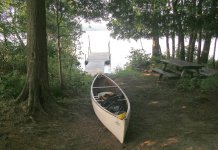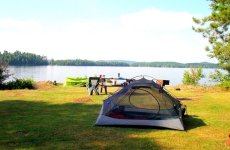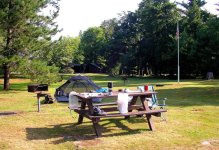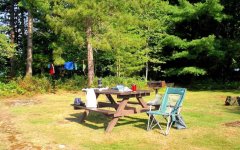I've had a waterproof Garmin mapping GPS for 20 years (two of them), which I have clipped in front of me on three of my canoes, using standard holding devices for automobile dashboards.
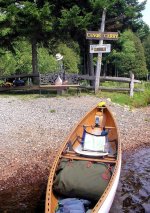
I've now heard that folks are using their smartphones or small tablets in airplane mode as GPS's. Is this as good as a dedicated mapping GPS? What are the pros and cons?
In particular, for a phone or tablet, I don't know:
- Whether I can load in USA and Canadian topo maps as I can with my Garmin.
- Whether I can load in satellite photos as I can with my Garmin.
- How long the phone or tablet batteries will last. I like to keep my GPS permanently on while paddling, and my Garmin can last about 40-45 hours with two lithium AA batteries. Would I need to have a power bank for the phone or tablet?
- How much less waterproof my phone is than my Garmin. I know it has a lower IP rating.
- Whether I can receive phone calls (or voice mails) and take pictures while the phone is in airplane mode.
- Whether I can leave waypoints and breadcrumb trails with a phone as GPS.
- Whether I need an app for the phone/tablet to do some or all of the above, or how much they can do natively.

I've now heard that folks are using their smartphones or small tablets in airplane mode as GPS's. Is this as good as a dedicated mapping GPS? What are the pros and cons?
In particular, for a phone or tablet, I don't know:
- Whether I can load in USA and Canadian topo maps as I can with my Garmin.
- Whether I can load in satellite photos as I can with my Garmin.
- How long the phone or tablet batteries will last. I like to keep my GPS permanently on while paddling, and my Garmin can last about 40-45 hours with two lithium AA batteries. Would I need to have a power bank for the phone or tablet?
- How much less waterproof my phone is than my Garmin. I know it has a lower IP rating.
- Whether I can receive phone calls (or voice mails) and take pictures while the phone is in airplane mode.
- Whether I can leave waypoints and breadcrumb trails with a phone as GPS.
- Whether I need an app for the phone/tablet to do some or all of the above, or how much they can do natively.

